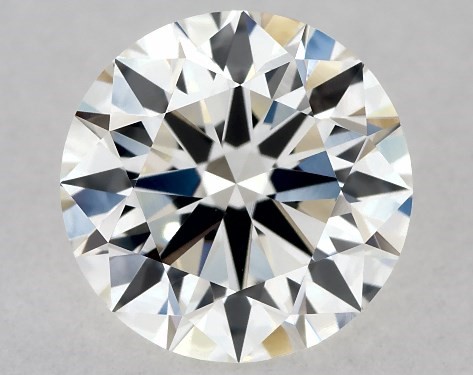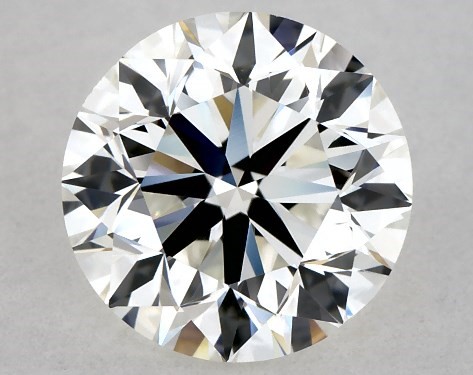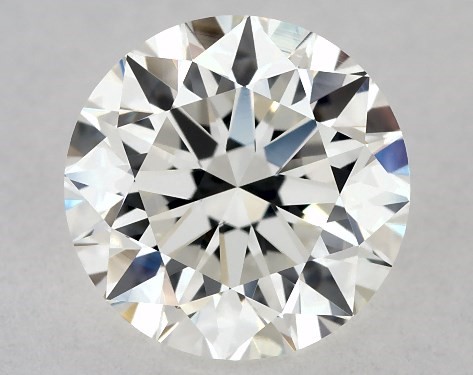1
2
3
Very Very Slightly Included Diamonds
When you're looking for a diamond with minuscule inclusions, very very slightly included diamonds are the way to go. Even a trained eye would have difficulty seeing VVS diamond inclusions under 10x magnification. There are two categories within the VVS diamonds grade, VVS1 and VVS2. VVS2 clarity diamonds feature more inclusions than the VVS1 diamond grade, but both offer exceptional beauty and value for engagement rings and other jewelry.
Natural
Lab-Grown
Shape
Price
Carat
Color
Clarity
Cut
On Sale
Fast Shipping
3,335 of 168,946 Results
Shipping Date By:
Sort By:
FAQs about Very Very Slightly Included Diamonds
Are VVS1 and VVS2 diamonds a popular choice?
Yes, VVS diamonds including VVS2 and VVS1 diamonds are popular. Twenty-one percent of all diamonds sold at Blue Nile are VVS diamonds. They are perfect for engagement rings, wedding rings and many types of jewelry.
Very very slightly included diamonds are a popular choice because they offer more affordable pricing than gems with higher diamond clarity ratings while still providing overall “eye clean” inclusions. This means that many VVS diamonds, though included, can appear clearer than they are as their inclusions are often difficult to see without 10x magnification. The exact appearance will vary from one VVS diamond to the next, so it’s important to review a specific diamond’s GIA or IGI report along with its photos.
What are VVS diamonds worth?
VVS diamonds are valued based on a number of factors, including color, cut, and carat weight. In general, a VVS1 diamond will be more expensive than a VVS2 diamond.
What are "eye clean" diamonds?
When a diamond is called "eye clean," it means that the inclusions are minor enough that they can't be seen by the unaided eye without additional magnification. Many VVS1 and VVS2 diamonds are eye clean gems.
Is clarity more important in some diamond shapes than others?
Yes. Round diamonds hide inclusions more readily than emerald or Asscher cut diamonds. For these shapes, a VS1 or better grade is recommended.
Does clarity grade affect the final price of the diamond?
Yes. There are four main grades that work together to determine the price of the diamond. The 4Cs—cut, clarity, color, and carat—are all factors, although carat weight affects the price the most.
What is a VVS diamond?
A VVS diamond is a very very slightly included diamond, it has small inclusions that are not noticeable unless the diamond is viewed at 10x magnification and typically in the face-up orientation. Sometimes, the inclusions, blemishes or qualities in VVS2 and VVS1 diamonds are not even visible at 10x magnification, though it varies from one diamond to the next.
Many VVS diamonds are considered eye clean diamonds, which means their inclusions are not visible to the unaided eye.
How visible are inclusions in VVS diamonds?
In most VVS diamonds, any inclusions are not visible unless the diamond is viewed under 10x magnification. This makes the majority of VVS1 and VVS2 diamonds eye clean.
What is the difference between VVS2 diamonds and VVS1 diamonds?
The difference between these two types of VVS diamonds, especially without magnification, is often minimal. VVS1 diamonds have fewer inclusions than VVS2 diamonds.
Does Blue Nile sell loose VVS diamonds?
At Blue Nile, we offer an exceptional selection of GIA graded VVS diamonds in a wide variety of shapes, colors and carat weights.
What kind of jewelry is best for a VVS diamond?
The exceptional eye clean appearance of VVS diamonds makes them a popular choice for solitaire engagement rings, halo engagement rings, women’s rings, and men’s engagement rings. VVS2 and VVS1 diamonds are also popular for diamond stud earrings, offering exceptional brilliance.
The value, beauty and generally imperceptible inclusions of very very slightly included diamonds allows these gems to look their best in virtually any jewelry.
Are VVS diamonds available in both natural and lab gems?
Yes, we offer VVS rated gems in both natural and lab created diamonds.
ADD PRODUCTS IDS in the next inputs (max 5 , min 0):
























